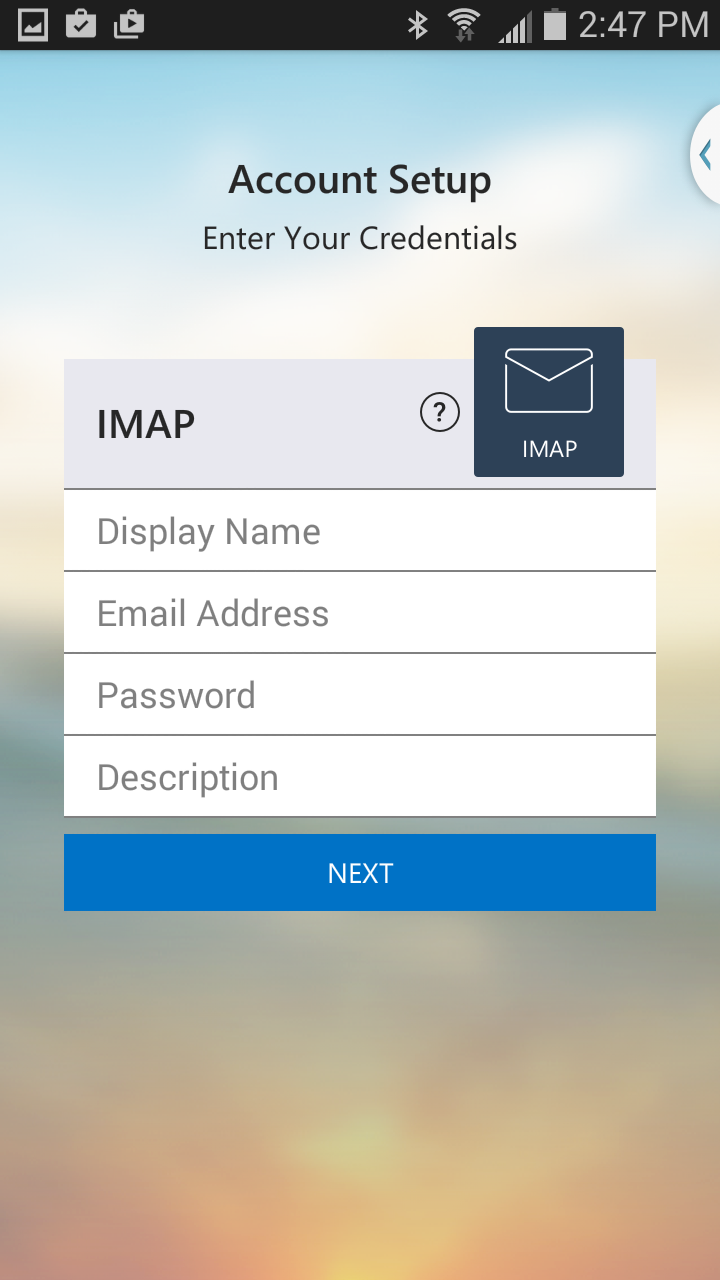
In Output, configure settings as follows:Īfter the task runs successfully, you can view the results by checking the reports. This ensures security by protecting the scripts from being compromised.
#Workspace app full#
Signature verification is mandatory when the scripted task is granted full access.

The Analyze_Logon_Duration task must run in full access. The Grant permissions option is designed to add an extra layer of security to protect against attacks originating from untrusted scripts, which might otherwise pose security risks.
#Workspace app zip file#

In Web Console > Scripted Tasks, add the task as follows: To create a task that analyzes logon duration, follow the general guidance in that article, minding the details below. The following information is a supplement to the guidance in Add a scripted task. & ((Split-Path $MyInvocation.InvocationName) + "\Analyze_Logon_Duration-0531.ps1") -DomainUser $DomainUser -SessionID $SessionID $DomainUser =(Get-WMIObject -ClassName Win32_ComputerSystem).Username $SessionID = (Get-Process -PID $pid).SessionID In this example, the script Run_Analyze_Logon_Duration.ps1 contains the following content: This script is used as an entry point and passes relevant parameters to the script Analyze_Logon_Duration-0531.ps1. Prepare a zip file that contains the following two scripts: All you need to do is configure a scripted task. Workspace Environment Management (WEM) provides you with a scripted task feature that automates the running of the script for you. It lets you check whether there is a delay between the end of one phase and the start of the next.It displays all major sequential phases of the logon process and makes it easy to see which phase is slowing down the logon.It gives you a logon duration breakdown of a user’s most recent logon.The script offers the following benefits and more: It is a PowerShell script that queries the event log for every major event relating to the logon process. To achieve this goal, you can use the script Analyze_Logon_Duration.ps1. As an administrator, you might want to get a detailed overview of logon times to identify processes that cause slow logons so that you can take remedial action accordingly. Long logon times decrease user productivity and result in a poor user experience. Questo articolo è stato tradotto automaticamente. (Aviso legal)Įste artigo foi traduzido automaticamente. (Clause de non responsabilité)Įste artículo ha sido traducido automáticamente. (Haftungsausschluss)Ĭe article a été traduit automatiquement. This article has been machine translated.ĭieser Artikel wurde maschinell übersetzt. Questo contenuto è stato tradotto dinamicamente con traduzione automatica. (Aviso legal)Įste texto foi traduzido automaticamente.

(Clause de non responsabilité)Įste artículo lo ha traducido una máquina de forma dinámica. (Haftungsausschluss)Ĭet article a été traduit automatiquement de manière dynamique. This content has been machine translated dynamically.ĭieser Inhalt ist eine maschinelle Übersetzung, die dynamisch erstellt wurde. Protect Citrix Workspace environments using process hierarchy control Set up the pack for Citrix Service Providersįeatures not applicable to Azure Virtual DesktopĪggregate assigned applications in one placeĪnalyze logon duration using scripted tasksĬonfigure FSLogix Profile Container using WEM GPOĬonfigure MSIX app attach using external tasksĬonfigure Profile Management health checkĬonfigure SMB shares for Profile Management to use This is because a workspace is created with remote execution mode.Citrix Optimization Pack for Azure Virtual Desktop Loaded by the "remote" backend when the workspace is configured to use Summary The "remote" backend does not support setting run variables at this time.Ĭurrently the only to way to pass variables to the remote backend is byĬreating a '*.auto.tfvars' variables file. Hi, I use a remote “ ” -Terraform Enterprise- backend to save my state.Įrror: Run variables are currently not supported


 0 kommentar(er)
0 kommentar(er)
